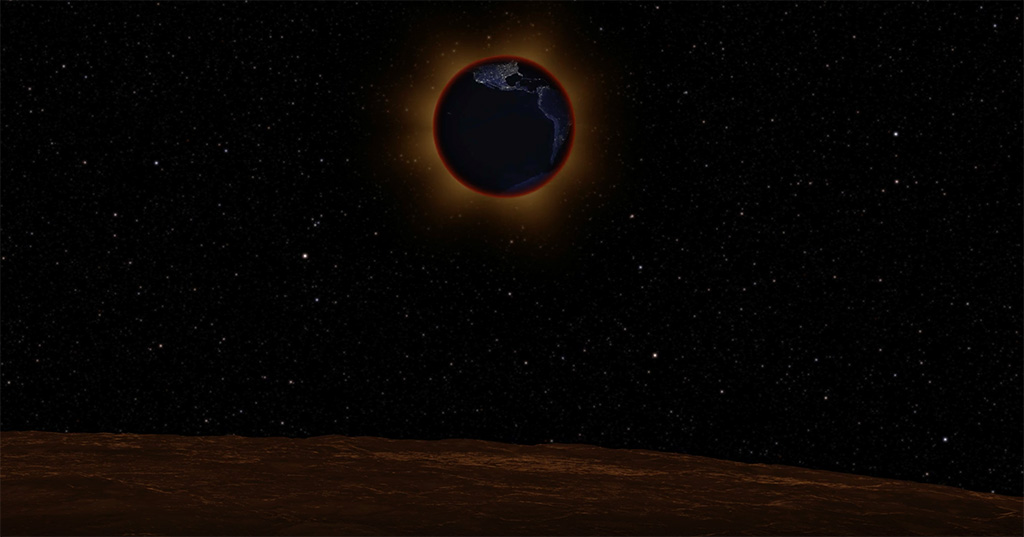 |
| Total lunar eclipse as seen on Tuesday Nov 8, from my backyard. Composite of 15 stills. |
While partial lunar eclipses are relatively common, November 8, 2022 presented one of those rare occasions when my backyard lay in the path of totality.
Lunar eclipses can be either simple or notoriously difficult to photograph depending on what one is trying to do. The last time I captured one was in 2021, and despite my best intents, I had slept through half of the occultation and managed to catch the second half of the event through the exit. This time the moon was supposed to set while fully eclipsed so there would be no such second chance. The next event visible in the Americas would not be until three years later in 2025. So though it was going to be cold, and the ungodly hour of four in the morning, I had to give it a shot.
Imagineering
Beaver Moon
In the Earth’s Shadow
It’s an incredible transformation to see the moon, in a span of 2 hours, go from a brilliant full disc to a dim orb lurking among the stars. Had it not been for modern day access to reliable and free information - no one would believe that a night that began so bright would witness such an eerie dark scene. As the full moon started disappearing in little bite size chunks, I stepped out to look at it. With every layer of luster lost, the stars in Pleiades and Taurus appeared a shade brighter in a crystal clear sky. This is when I have to take over manual control of the camera since every next shot is a smaller sliver of light which requires a longer exposure adjustment manually dialed in.As totality set in, the fully eclipsed moon looked like an ashen orb. I was half expecting it to disappear into the black of the night. But it persisted, looking like a smoldering piece of coal set against the blackness. Dimmer. Ominous. As if some dark spell was creeping up on humans as they slept peacefully in their little homes.
In the longer exposure photos, now running into several seconds each, it glowed a shade of orange-red. As it hurtled towards the rooftops on the west, the first rays of daylight started to emerge on the eastern sky drawing a curtain on the scene.
Man on the Moon
At some point in the middle of this, I wondered if I were a man on the moon, what would I see in the lunar sky during the peak of totality. The earth would not be the familiar blue marble seen in magazines, of course, but a dark disc causing a solar eclipse. But what else?A little research told me that it would look very different from a solar eclipse seen on the earth, since unlike the moon, the earth has an atmosphere. The thin shell of air would act as a circular prism and scatter the sunlight. And as the laws of refraction predict, the red rays would bend slightly more towards the base of the "prism" than the blues before escaping back into space on the moon side. When they would arrive at the lunar surface, it would appear bathed in faint red light.
Being more color sensitive in low light than the human eye, this redness bounced off the moon was what my camera was picking up.
In that moment it clicked, and I saw a very different view of a lunar eclipse in my mind's eye that no observer can see while earth-bound.
 |
| The earth seen from the moon during total lunar eclipse. Source: Nasa Scientific Visualization Studio |
Further Reading:
-------------------------------------
Nasa: Lunar Eclipse of April 15, 2014 As Viewed from the Moon
No comments:
Post a Comment